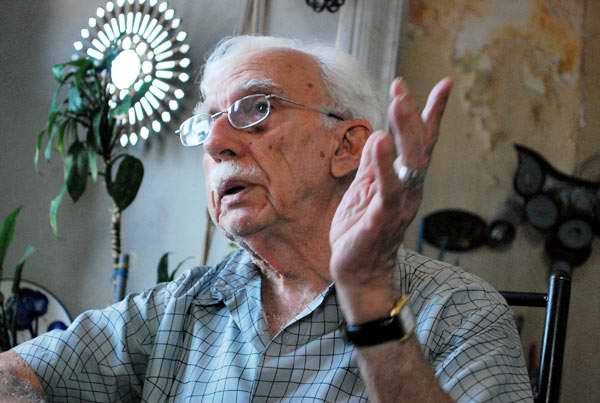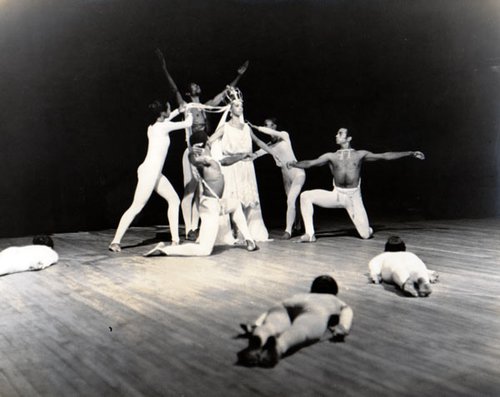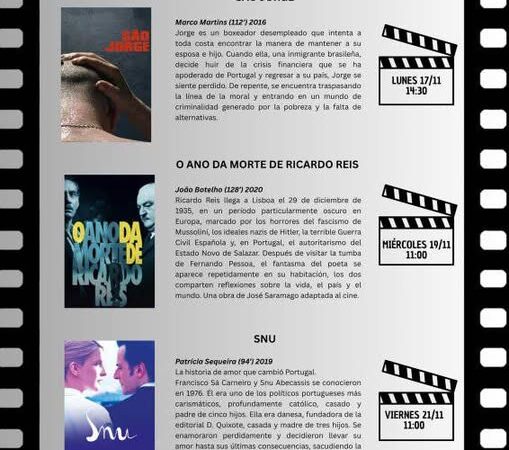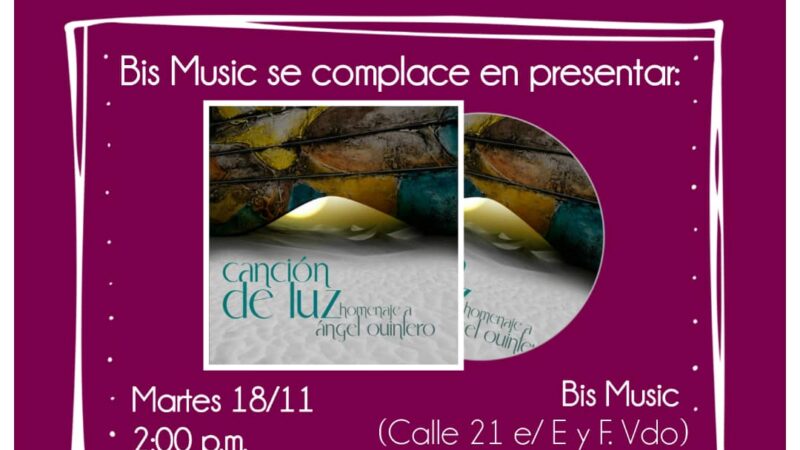Ramiro Guerra Suárez and the Dance of Life

The search for excellence sums up the life and work of Ramiro Guerra Suárez, the hardworking genius who took Cuban dance from its national roots to the contemporary.
How was this possible? Through dedication, study and recognition of the creative power of the human spirit, with irrefutable signs of altruism, love and devotion.
Ramiro graduated in Law from the University of Havana and studied ballet at the school of the Sociedad Pro Arte Musical, where he took classes with Nikolai Yavorsky and trained at the academy of Nina Verchinina. Around 1950, he joined Martha Graham’s academy and studied in New York with Doris Humphrey, Charles Weidman and José Limón.
Upon his return to Cuba, he became involved with the Alicia Alonso Ballet and Academy. For this company he choreographed Habana 1830 and Toque. Of the latter, he said in his memoirs:
«The event was very important for me because it touched on the religious aspects of our culture, the Hispano-African mixture, through the latest advances of the time, such as modern dance.»
He later created El canto del ruiseñor for Fernando Alonso and founded the Grupo Nacional de Danza Moderna. The music of great composers shaped a way of performing that was unprecedented by the standards of the time. Amadeo Roldán and Argeliers León have set the music to several projects.
Around 1959, he founded the Modern Dance Department of the National Theater of Cuba and the National Modern Dance Ensemble (now Contemporary Dance of Cuba), which he directed until 1971.
At that time, he was already outlining the final details of Cuban modern dance technique, and in 1961 he premiered Mulato y mambí, with a soundtrack by Amadeo Roldán and Juan Blanco.

Suite Yoruba is considered one of his most representative pieces. According to critic Calvert Casey:
«(…) for the Afro-Cuban myths it expresses, for the simple beauty of its dances, and for the fascination of its scenography and costume elements, Suite Yoruba vividly impresses the imagination and remains his most attractive creation.»
The decade of the 60’s would be adorned by an outstanding repertoire: El milagro de Anaquillé, Auto sacramental, Orfeo antillano, Medea y los negreros, Ceremonial de la danza and La rebambaramba would head the projects of this obstinate and reflexive genius.
The non-premiere of Decálogo del apocalipsis in 1971 heralded the beginning of the dull five-year period. Despite the fact that it was not officially presented, this piece is considered his best work and, in fact, represents a turning point in the development of dance theater in the country.
«Despite its lack of premiere and its mythological character, it is the first show to include the assumptions of postmodernism in a very convulsive historical moment of Cuban society,» says theatrologist Vladimir Peraza Daumont.
Relegated by these circumstances, Ramiro was a consultant and choreographer at the Conjunto Folclórico Nacional de Cuba. Tríptico oriental and Trinitarias attest to the maturity in that long apogee that was his life, which included productions made for several companies.
El reino de este mundo (Teatro Nacional de Pantomima), Chacona (Ballet Nacional de Cuba) and De la memoria fragmentada (Danza Contemporánea de Cuba).
His theoretical productions also offer the necessary references to approach the specificities of the world to which he has dedicated his entire life. Apreciación de la danza (1969), La teatralización del folclore y otros ensayos (1989) and Calibán Danzante (1998) represent a sample of this written production.
According to Vladimir Peraza, in Ramiro’s works, dance is only the vehicle through which a whole cultural universe overflows. These words are an invitation to discover the facets outlined by the founder of modern dance in Cuba.
Translated by Luis E. Amador Dominguez



